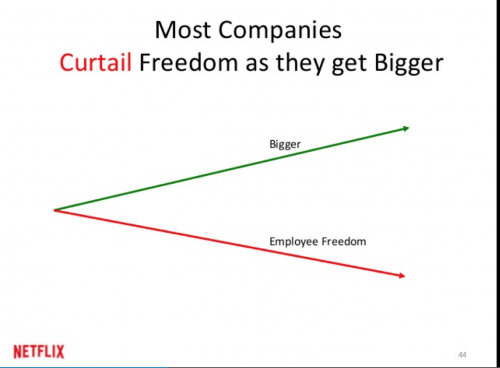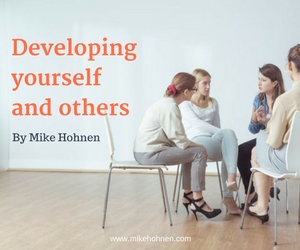It’s quite simple, really.
We spend years in school, then more years in higher education, and even more climbing the career ladder. Throughout, there’s one constant rule: You need to be right. You need to know.
If you’re not right or don’t know, you’ve failed – whether it’s the test, the next grade, or the promotion.
This approach works fine in predictable domains, where things are complicated but knowing is possible, even desirable.
But what about unpredictable domains, the world of uncertainty?
The unaware manager facing unpredictable situations will likely feel threatened.
And when we feel threatened?
We fight, flee, or freeze.
Not the most transformative or skilful leadership approach, I’d say.
And we all observe the’ day-to-day symptoms: stress, lack of empathy, micro-managing, aggression, disconnection, and absence of presence.
The list is depressingly long.
They don’t need another leadership course.
They need to get comfortable with uncertainty and learn to navigate it skillfully.
Because the world once just very complicated, it is increasingly becoming more and more complex. And thus unpredictable,
Learning how to cope with uncertainty is more about personal development than learning new skills.
#Leadership #humanresources #complexity
PS Any situation involving other humans has a serious element of uncertainty – just a reminder.










